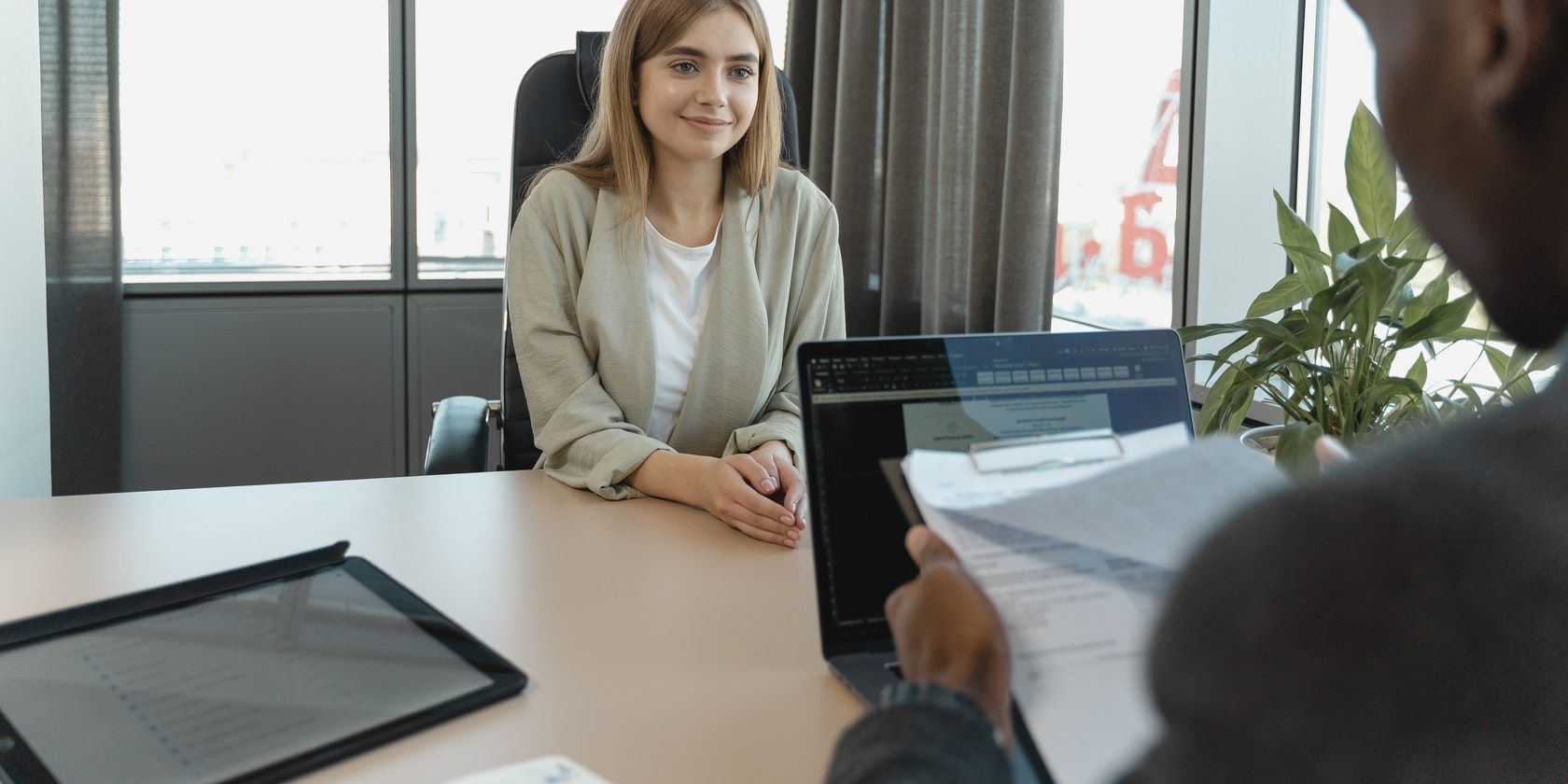[ad_1]
Selena Quintanilla-Perez, now an icon in Tejano and mainstream Latino, Texas and pop culture, was born on April 16, 1971 to Abraham (II) and Marcella Quintanilla at Freeport Community Hospital, just outside their hometown of Lake Jackson, a small Texas community of 23,000, 75 miles from Houston. At the time of Selena’s birth, the Quintanillas had two other children, Abraham (A.B.) III, 8, and Suzette, 4.
Initially when Marcella began experiencing pregnancy symptoms, a doctor misdiagnosed her, declaring that she had a tumor that needed to be removed. Only after the Quintanillas went for a second opinion, did they receive an accurate diagnosis.
Upon learning of the pregnancy, both parents picked “Marc Antony” as the name for their baby, convinced that they were going to have a boy. Then when Marcella gave birth to a healthy, 5-pound baby girl, they chose “Selena” at the suggestion of her hospital roommate.
At the time of Selena’s birth, Abraham worked in the shipping department of Dow Chemical, the anchor company of their community with a strong passion for music. Earlier, during the late 1950s and early 1960s, he and a few friends had formed a band “Los Dinos” and performed a mix of rock ‘n’ roll and traditional Mexican songs at nightclubs and restaurants in Corpus Christi. However, due to limited opportunities, Abraham had to give up the band when he married and took the job at Dow Chemical to support his family. Even though he gave up the band, Abraham’s passion for music didn’t die. Accordingly he taught his children how to play an instrument at an early age. A.B. III was taught bass and Suzette, the drums.
By the time Selena was three, Abraham spent many hours working with A.B. III and Suzette. Feeling excluded, Selena confronted her father, demanding to know why she couldn’t learn an instrument. When told that she was too young, Selena decided to sing.
Before long Abraham was convinced that Selena had a special talent. He was especially influenced by her sheer determination. Abraham’s belief was further enhanced when one day, Selena, then only 5, came up to him and began to sing with purity and perfect pitch as he strummed his guitar. Her rendition of a song sung by the Little Anthony and the Imperials over the radio was amazing.
“I always wanted to go back into the music business, but I felt like I was already getting too old, and my kids were growing up,” Selena’s father later reflected in an interview. “When I found out Selena could sing, that’s when the wheels started turning in my mind. I saw the chance to get back in the music world through my kids.”[1]
A year later, Abraham was convinced that Selena was destined to be a star, especially since she shared his passion for music and her voice had a special quality to it. “…She had that extra thing that makes an artist. Of course, nobody believed me at the time,” he recalled.[2]
Then with Marcella’s blessing, Abraham converted the family garage into a soundproof studio. He bought a set of drums and obtained a used bass from a friend. Afterwards, he taught Selena how to sing in Spanish. At first she sung using phonetics but quickly progressed until she could sing flawlessly with emotion.
Prior to being taught how to sing in Spanish, English had been Selena’s first and only language. However, afterwards when she could sing with perfection in Spanish, Selena still found it difficult to converse fluently in that language. Her thinking was slow and her word selection awkward. As a result, Selena relied on her effervescent personality, radiant smile and interpreters to get by with Spanish-language interviews. Because of Selena’s laughter at her own mistakes, the Spanish media overlooked her difficulties.
Prior to Selena’s enrollment in an intensive Spanish course to gain proficiency, her parents were terrified at the prospect of their daughter facing 30+ Mexican reporters in a Monterrey, Mexico press conference coordinated by EMI Mexico. Afterwards, although Selena’s answers sounded ridiculous, she had won every reporter’s heart by hugging each one of them. As a result they wrote kindly of her, declaring that she was an “artist of the people.”[3] Nevertheless, by December 1994, Selena had mastered the Spanish language.
Once everyone was proficient at their musical tasks — A.B. III on bass, Suzette on the drums and 9 year-old Selena at singing, Abraham formed a family band called “Selena Y Los Dinos.” Afterwards they practiced almost every night.
Initially Selena was the only one who enjoyed the rehearsals; A.B. III and Suzette preferred to play with their friends. Later on, though, all of the Quintanilla children got into music. Before long they were creating extemporaneous compositions.
When Selena attended Oran M. Roberts Elementary School, she tried to excel at and participate in everything. She “tried really hard at whatever she was doing and was eager to learn – the kind of student you always like to have,” Selena’s first grade teacher, Nina McGlashan recalled.[4]
As a child, Selena was upbeat with a big smile and constantly cheerful. She was also extroverted and athletic with a gift of bringing others together in the playground. She was well liked by her peers and excelled in several of the class games – running faster and jumping further than most.
Though athletic, Selena also enjoyed playing with dolls. She liked to work with their hair and dress them in custom outfits she made, a prelude to her dream of opening a boutique. Even the one occasion when Selena badly burned a doll’s hair while using a curling iron, did not deter her.
In addition, Selena exercised maturity and respectfulness when in the company of adults, always addressing them with “Yes/No sir/ma’am.” Although she got into mischief once in a while, Selena, with her strict upbringing in a well-disciplined family that looked out for each other, knew when to behave and be polite.
In the summer of 1980, Abraham Quintanilla quit his job at Dow Chemical and opened Papa Gayo’s, a family-run restaurant that featured quality meals and live entertainment. In an attempt to succeed, Abraham poured all of his life-savings into it and everyone pitched in to help.
Papa Gayo’s also gave “Selena Y Los Dinos” their first real public exposure, as they frequently performed in front of patrons during evenings. Selena became an instant favorite. One patron commented, “It was so unusual. You wouldn’t expect to see a kid get up and sing in a restaurant like that. …she always had a lot of enthusiasm.”[5] Soon every patron shared Abraham’s belief that Selena was destined for stardom.
Initially during their performances at Papa Gayo’s, “Selena Y Los Dinos” sung renditions of current Top 40 mainstream hits in English and occasional pop oldies using Spanish lyrics that Abraham had written. However, just when things were about to take off, the recession of 1980-81 struck forcing many oil wells, the life-blood of Texas, to shut down. With people out of work, Papa Gayo’s along with the other businesses lost many customers. With mounting debts and little hope of recovery, Abraham was forced to close the restaurant and move the family back to Corpus Christi.
Yet despite their desperation, Abraham never gave up. He continued to believe in Selena’s talent and did whatever he could to assist her. Music became the Quintanilla’s sole source of income as “Selena Y Los Dinos” traveled to various clubs and restaurants and performed at weddings and other special occasions. During those times, even if each made only $5 or $10, they were happy since they could eat and go shopping.
Gradually their hard work and determination began to pay dividends. “Selena Y Los Dinos” recorded their first album, “Mis Primeras Grabaciones” in 1984 under the Freddie Records Label. However, aside from some radio play of the “Ya Se Va” track, “Mis Primeras Grabaciones” didn’t do very well and was not released until 11 years later when Abraham purchased the rights.
Although during “Mis Primeras Grabaciones” recording sessions Selena needed fewer cuts than many, Freddie Records felt she needed more time to develop. Abraham rejected this and moved the band first to Cara Records and then to the Manny Label.
~Continued in Part 2~
__________
[1] Rick Mitchell. Interactive Corpus Christi Caller Times Biography. (Houston Chronicle), 1995.
[2] Rick Mitchell. Interactive Corpus Christi Caller Times Biography. (Houston Chronicle), 1995.
[3] Joe Nick Patoski. Selena: Como La Flor. (Boulevard Books: New York, 1996) 124.
[4] Clint Richmond. Selena! The Phenomenal Life and Tragic Death of the Tejano Music Queen. (Pocket Books: New York, 1995) 24.
[5] Rick Mitchell. Interactive Corpus Christi Caller Times Biography. (Houston Chronicle), 1995.
[ad_2]
Source by William Sutherland














